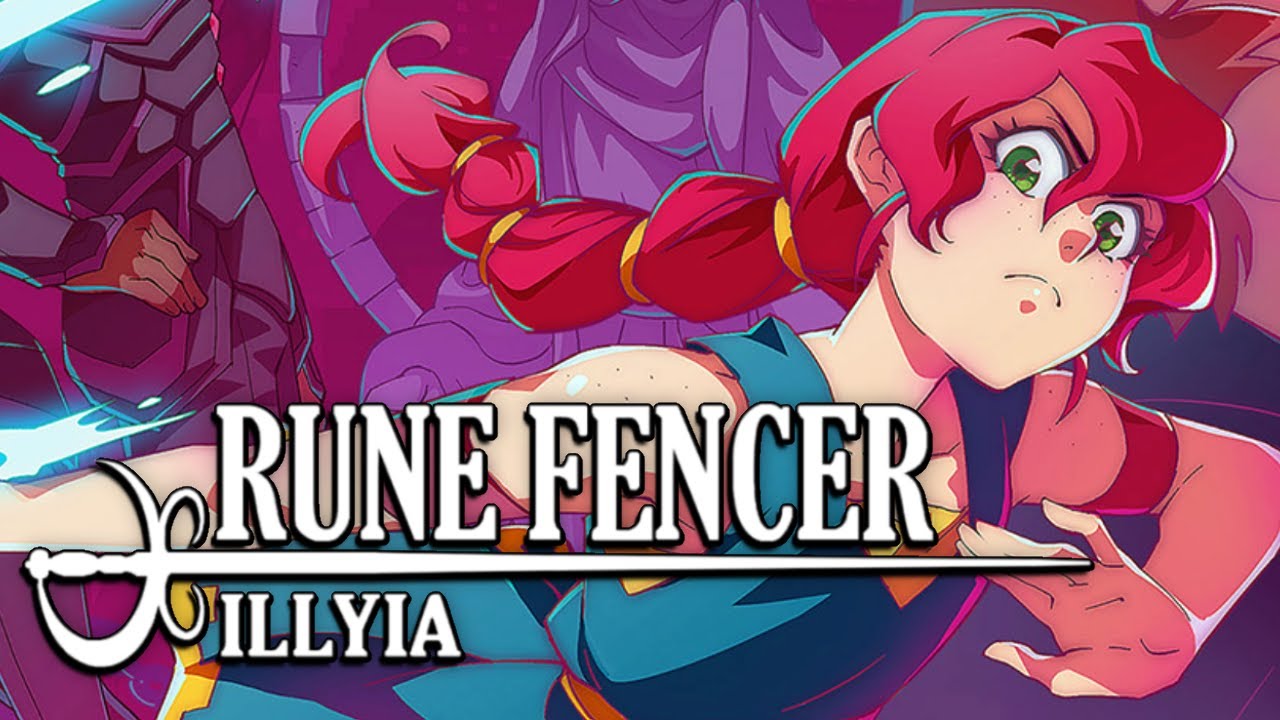The annual Game Developers Conference caters to a specific group of game developers who congregate each year in San Francisco, California to discuss, share knowledge, become informed about, and to inform others about some of the latest development techniques, pipelines, technology, and design philosophies within the gaming industry. Each year, the GDC also conducts a survey of thousands of developers to gauge how that tiny segment of the industry feels about certain practices, habits, and conditions within the industry. In this year’s survey, the GDC added a questionnaire about unionizing.
According to Engadget, 47% of the 4,000 survey participants felt as if the gaming industry should unionize. 26% answered that maybe the industry should consider unionizing, while 16% said that the industry should not unionize. I’m guessing the other 11% said they didn’t know? It’s not clear and the article doesn’t say.
The article does go on to state that majority of game developers realize that unionizing isn’t going to happen. 42% believed that unionizing was not going to happen, no matter how many developers said that they wanted it. 39% left the door open, saying that “maybe” the industry would unionize, while only 21% said that they believed the industry would unionize.
Apparently that 21% haven’t been keeping track of how AAA businesses like Electronic Arts, Activision, or Take-Two operate, but that’s a lot of blind hope on the end of developers if they think that any of the major players would even entertain the idea of a union.
According to one of the comments from a developer, they even realized that it was a far-fetched idea, saying…
“There is too much supply: too many people want into the industry. Those who unionize will be shoved out of the way as companies hire those with fewer demands.”
There are some other interesting tidbits taken from the survey in the article, including that only 6% of the developers from the survey felt that Valve’s 30% distribution cut (an industry standard among majority of software distribution outlets) was justified, while 17% were unsure if the distribution cut was justified, 27% said that the cut probably didn’t make sense, while the rest said that it didn’t make sense.
This is despite the fact that 47% of those who participated in the survey had sold their games on Steam, and 54% of them noted that Steam accounted for at least 75% of the total revenue generated from sales, while all other storefronts generated less than 10% of their overall revenue.
Just consider that for a moment: why is Valve taking 30% of your total revenue? Because you’re going to move most of your digital product through Steam.
Also, keep in mind that the 30% distribution cut is taking from sell-throughs, not pre-sales, not pre-orders, not from hosting. You only pay $100 via Steam Direct to get onto the store.
Engadget also included a quote from one developer who criticized Steam’s distribution cut in contrast to Discord’s 10% distribution cut and Epic Games Stores’ 12% cut by saying…
“Take less revenue from sales and curate their store better for visibility for real games.”
“Real games”? Great, and who determines what a “real game” is? Because according to our own audience, all the 8-bit hipster trash that appears on Steam from the San Fran-crowd aren’t considered real games, so I’m sure Mr. Indie Dev #437 would totally be okay with Valve cutting out all the 8-bit platformers, point-and-click games, and adventure titles, right? …Right?
And don’t worry Mr. Hipster Dev, Valve is already enacting the Waifu Holocaust 2.0 by selectively censoring and banning games from the storefront, claiming those games are “legally grey”. I’m sure you’re okay with that selective censorship for now because it’s curating games you don’t like and you don’t play, but the tune will change once some 8-bit hipster trash gets hit in the ban-wave… right?
(Thanks for the news tip Quickshooter)

